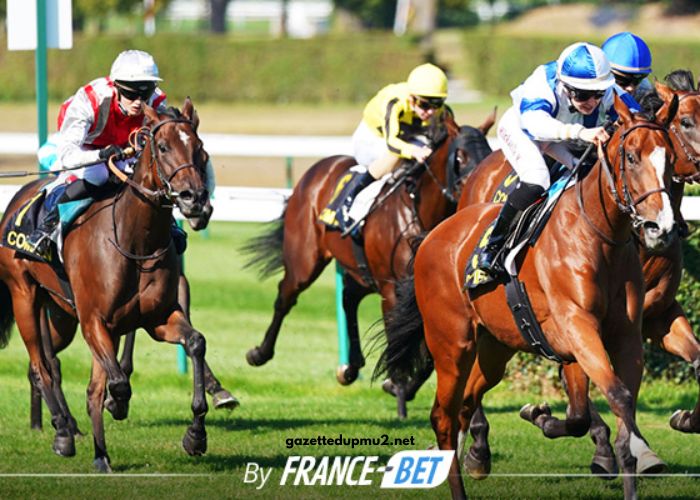Urban gardening is a growing trend in cities around the world. With more people living in cities and less access to green spaces, urban gardening has become a great way to bring nature to the city. It enables people to grow their own food, create a connection with the natural world, and even save money. But it can also be tricky to know how to get started with urban gardening. In this blog, we’ll look at the benefits of urban gardening, types of urban gardens, how to choose the right plants, understanding sun and shade in urban gardens, how to start an urban garden, how to maintain an urban garden and common problems with urban gardening.
Benefits of Urban Gardening
Urban gardening has a number of benefits, both for the environment and for the people who do it. For instance, urban gardening can improve air quality by absorbing pollutants and producing oxygen. It can also reduce flooding, as plants help to absorb excess water and therefore reduce runoff. Furthermore, urban gardening can reduce the urban heat island effect, as plants help to keep the air cooler.
On a personal level, urban gardening can provide a great source of stress relief and a sense of accomplishment. It can also be a great way to save money, as people can grow their own food and avoid buying it from the store. And, it can be a great way to connect with nature and promote biodiversity in the city.
Types of Urban Gardens
There are a variety of types of urban gardens, including container gardens, raised bed gardens, vertical gardens, window boxes, and even green roofs. Each type of garden has its own benefits and challenges, and it’s important to understand the differences between them before deciding which type is best for you.
Container gardens are great for people with limited space, as they can be placed anywhere and are easy to move. They also require less maintenance than other types of gardens, as they can be easily moved out of the way when not in use.
Raised bed gardens are also great for people with limited space, as they can be placed on decks, balconies, or rooftops. They require more maintenance than container gardens, but also provide more stability and are easier to manage.
Vertical gardens are a great way to maximize space, as they can be placed on walls and other vertical surfaces. They also require less maintenance than other types of gardens, as they are easy to access and manage.
Window boxes are great for small spaces, but require more maintenance than other types of gardens, as they are more exposed to the elements.
Green roofs are a great way to create a living space in the city, as they can be used to grow plants, create habitats for wildlife, and even provide insulation for buildings. They require more maintenance than other types of gardens, though, as they can be difficult to access and manage.
Choosing the Right Plants for Urban Gardens
When choosing plants for an urban garden, it’s important to consider the type of garden, the amount of space available, and the amount of sun and shade the plants will receive. It’s also important to consider the climate, as some plants may not be able to survive in certain climates. It’s also a good idea to research the plants you’re interested in, as some plants may require more maintenance than others.
Understanding Sun and Shade in Urban Gardens
When it comes to choosing plants for an urban garden, it’s important to understand the amount of sun and shade the plants will receive. Different plants require different amounts of sun and shade, so it’s important to research each plant before planting it. It’s also important to note that the amount of sun and shade a plant receives can change throughout the year, so it’s important to adjust accordingly.
Starting an Urban Garden
Starting an urban garden can seem daunting, but it’s actually fairly simple. First, decide on the type of garden you’d like to create and choose the right plants for it. Then, prepare the soil and make sure it’s well drained. Finally, plant the plants and make sure they have enough sun and shade.
Maintenance of an Urban Garden
Once your urban garden is up and running, it’s important to maintain it. This includes regular watering, fertilizing, and weeding. It’s also important to monitor the plants for pests and diseases and take appropriate action if necessary.
Common Problems in Urban Gardening
Urban gardening can be a rewarding experience, but it’s important to know how to deal with common problems. These may include pests, diseases, and lack of sunlight. It’s important to research the plants you’re growing and know how to deal with these problems.
Conclusion
Urban gardening is a great way to bring nature to the city and enjoy the benefits of growing your own food. It can be tricky to get started, but with some research and planning, it can be rewarding in a city.





